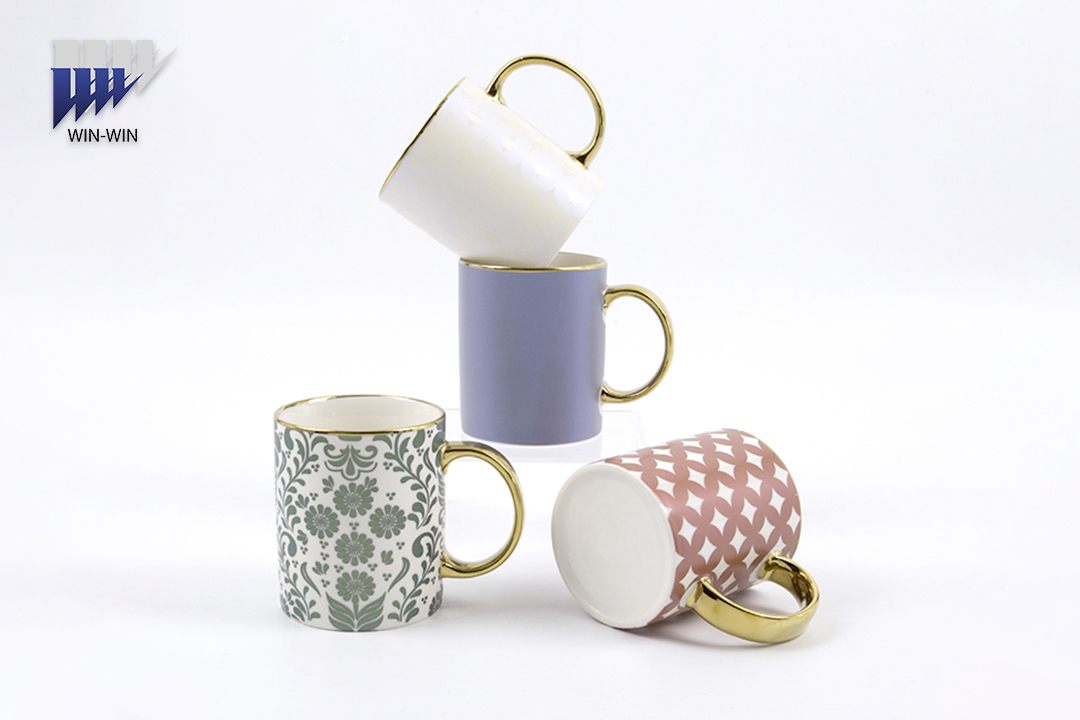At present, the division method of primitive porcelain and mature porcelain in the ceramic circle is based on time. Namely: Porcelain before the Eastern Han Dynasty is classified as primitive porcelain, and porcelain from the Eastern Han Dynasty and after is collectively referred to as mature porcelain. It can be said that this division method is not scientific enough, so how to divide mature porcelain and primitive porcelain is more scientific?
The original porcelain is made of porcelain clay with silicon dioxide (SiO2) and aluminum oxide (Al2O3) as the main components. In general, the upper part of the utensils is covered with lime water glaze, and the lower part is not glazed; The fired porcelain is not fine in quality; there are many impurities and pores, the structure is not compact, the firing temperature is low, and it has certain water absorption; the fetal soil is mostly gray, brownish or brown in gray. The glaze water is extremely light and thin, with a glass texture and luster, and the body glaze is closely combined; the glaze color is blue-yellow, yellow-green, green or brownish-green, grayish-green. The main components of lime water glaze are calcium oxide, silicon dioxide, aluminum oxide and about 8% iron oxide (Fe2O3). If the iron content increases, the glaze color will be blue-black.
The glazing process of the original porcelain is incomplete, the porcelain temperature is low, and the physical performance of the porcelain degree of fetal bone is more pores and water absorption. The firing temperature of mature porcelain is higher than that of original porcelain, and its firing temperature is about 1300 ℃; the utensils of mature porcelain are glazed as a whole and the thickness of the glaze layer is obviously higher than that of original porcelain; Absorbency.
The difference between mature porcelain and original porcelain is not in the sequence of time, but in the production process. In addition to the obvious thickening of the glaze layer and the improvement of modeling and decoration techniques, the most fundamental difference between mature porcelain is that the porcelain clay of mature porcelain has basically completed the porcelain process. That is to say, the fetal bone is completely cooked (because there are still some porcelain fetal bones from the Han Dynasty to the Yuan Dynasty that have not been completely porcelainized, so they can only be regarded as immature porcelain). Generally speaking, porcelain clay can complete the porcelain process at a high temperature of about 1250-1350°C, but it cannot be completely porcelained at about 1200°C. Of course, porcelain clays with different chemical compositions have different degrees of high temperature resistance, and the temperature of porcelain is also different. Some china clays may basically complete the porcelain process at around 1250°C, while some china clays can only complete the porcelain process at temperatures above 1350°C.
The so-called porcelain is the complete melting and sintering of kaolin, quartz, feldspar, calcium oxide (CaO), ferric oxide (Fe2O3), magnesium oxide (MgO) and potassium oxide (K2O) in china clay. Silicon, aluminum, potassium, sodium, calcium, magnesium, iron and other substances in china clay undergo oxidation, compounding or reduction reactions in the environment of carbon dioxide and carbon monoxide under the action of high temperature, changing the structure and properties of the original mineral chemical composition. generate new substances. The feldspar whose main chemical components are potassium, sodium and calcium turns into a milky white viscous glass body during the melting process. It plays a role of fluxing and high-temperature cementation in the process of vitrification, and exists in the porcelain body in the state of transparent glass after cooling. , increase the luster and transparency of the porcelain body.
Therefore, the mature porcelain that has been completely porcelained with china clay has a tight fetal bone structure, hard porcelain, porcelain luster and thin slices with certain light transmission, low porosity and water absorption. Defined by this property: only the porcelain that has been completely porcelainized is mature porcelain; the porcelain that has not been completely porcelained is primitive porcelain, or in other words has the attributes of primitive porcelain.
Post time: Aug-10-2023







